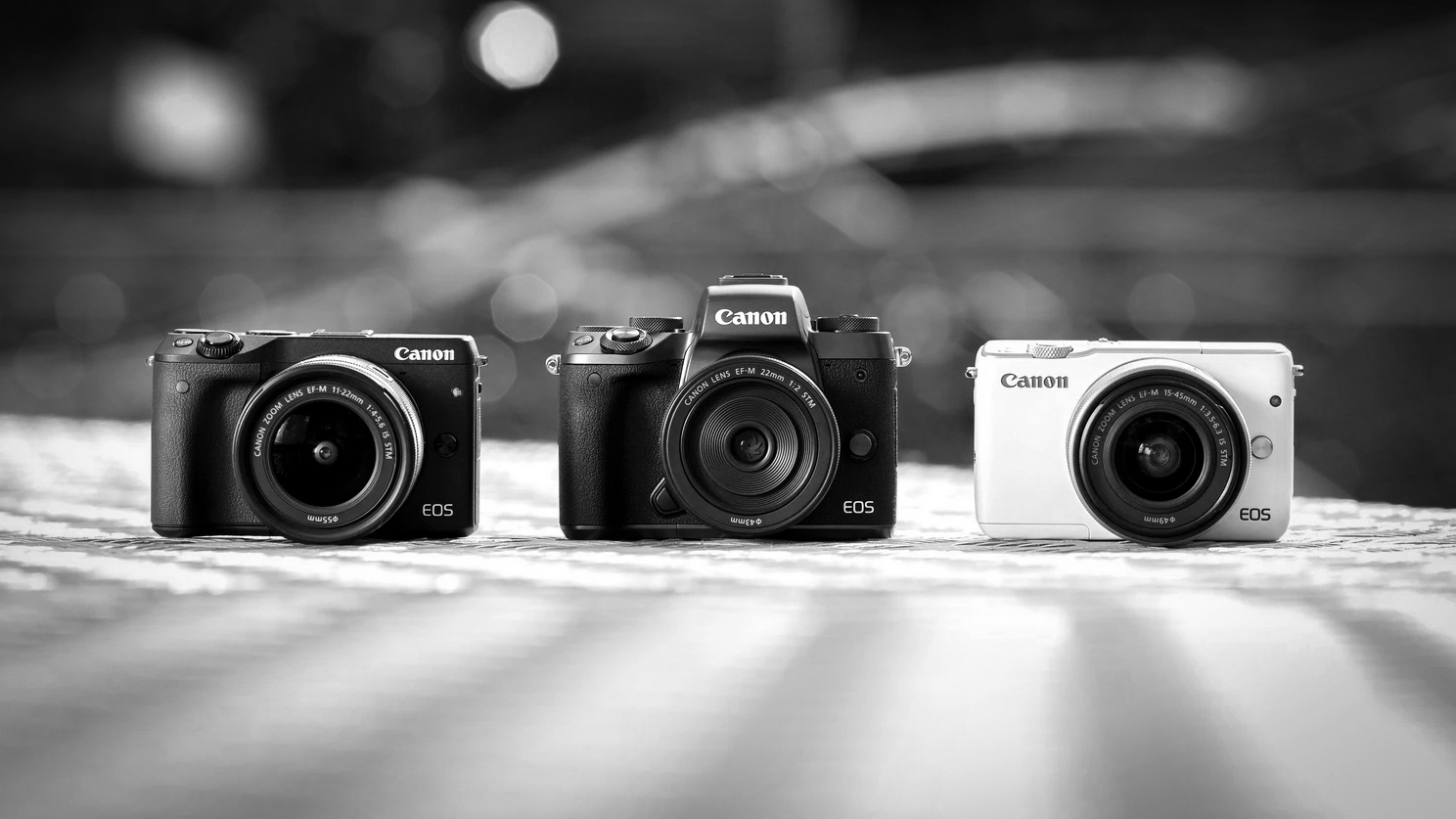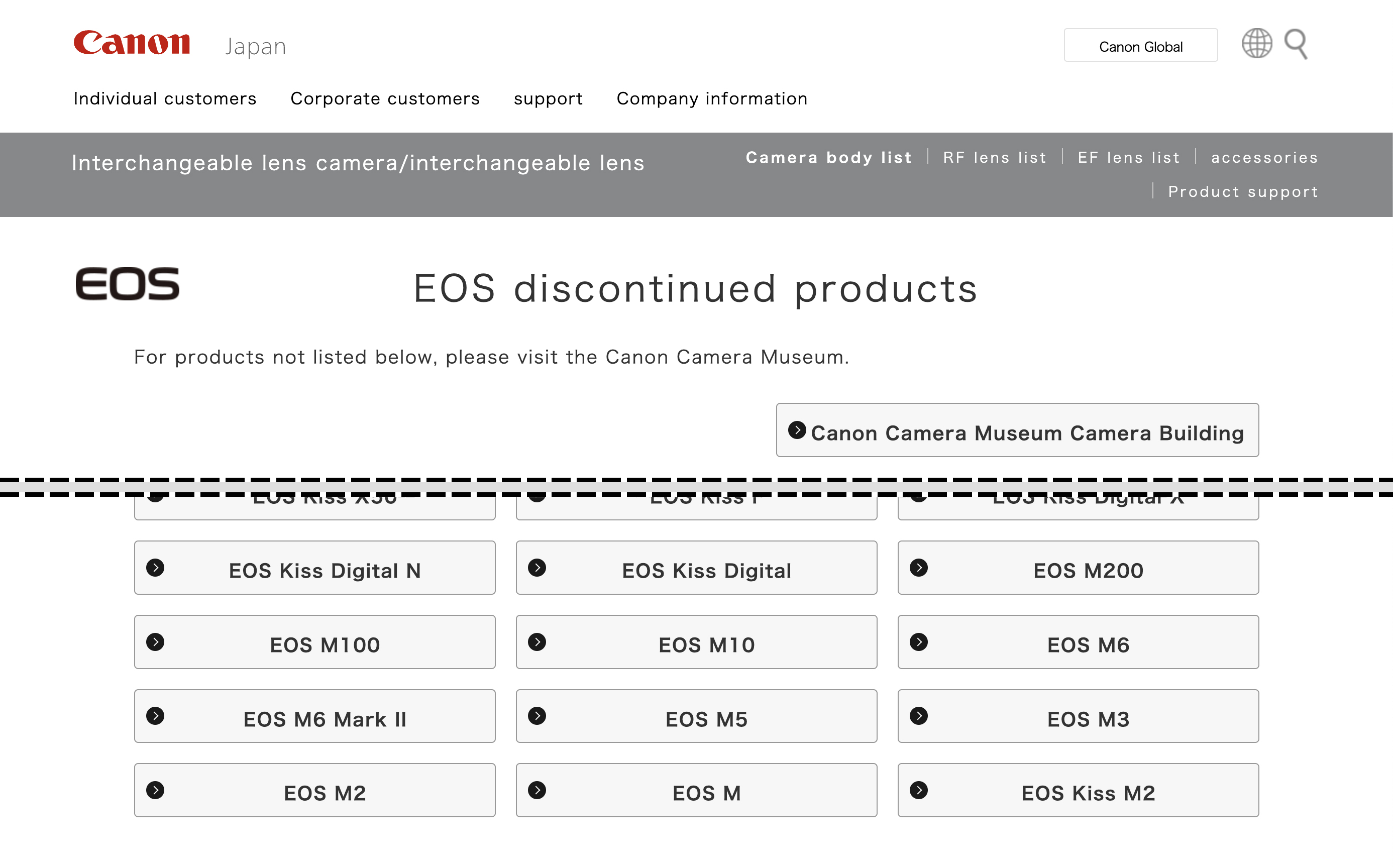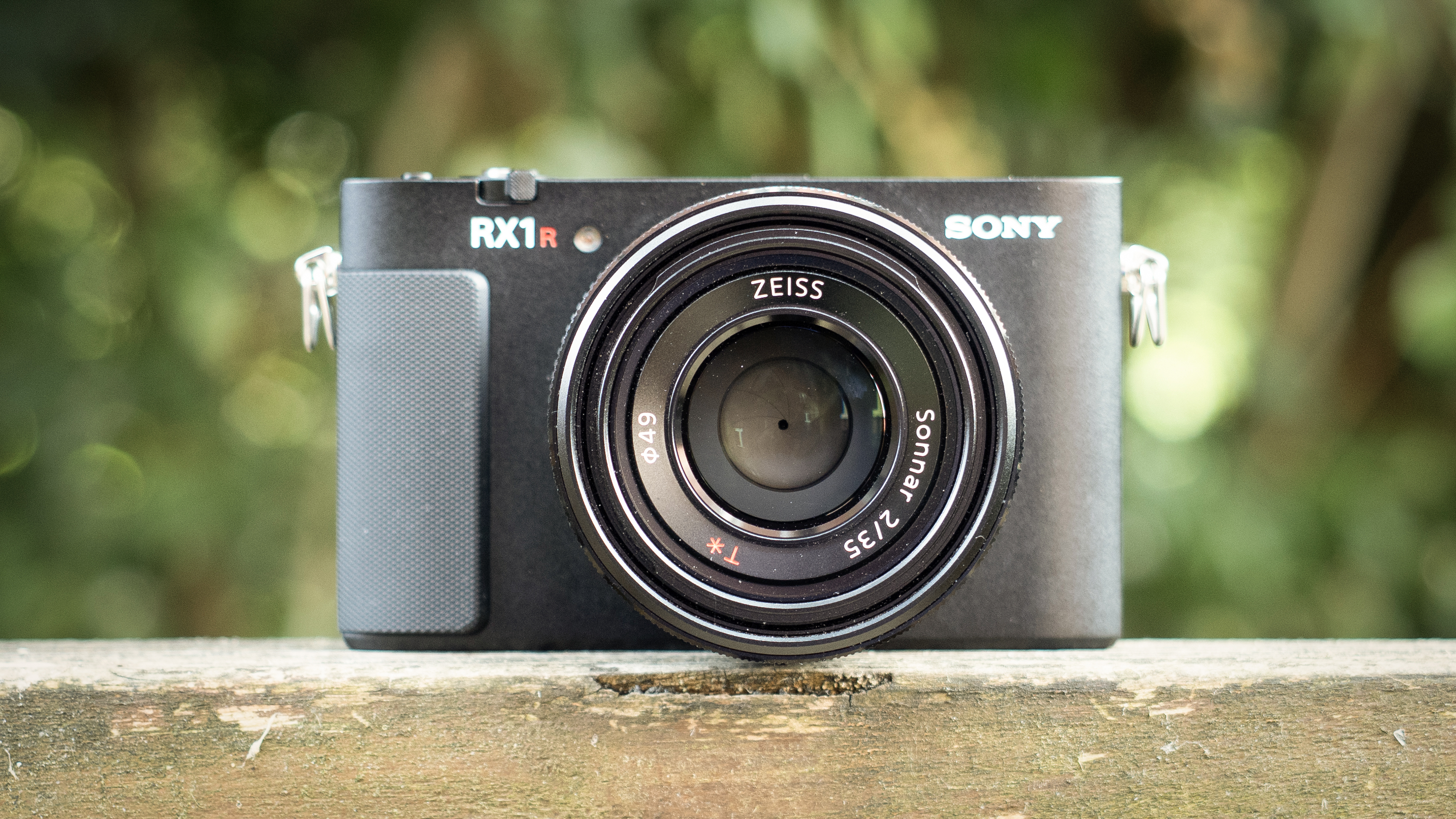EOS M-ento mori: Canon discontinues its original mirrorless camera system
It's the end of an era, as Canon shutters the EOS M line of mirrorless cameras after 11 years

After 11 years, Canon has turned out the lights on its EOS M line – the manufacturer's first attempt at a mirrorless camera system.
With little warning, but even less surprise, Canon Japan quietly moved the final EOS M camera lineup – the content-creation-oriented Canon EOS M50 Mark II, the powerhouse Canon EOS M6 Mark II, the former flagship Canon EOS M5 and the entry level Canon EOS M200 – to the "EOS discontinued products" section of its website.
No EOS M cameras are available on Canon's Japanese or UK sites, and the only bodies for sale on the US site are refurbished models (the M50 II and M200). While the British site continues to list EOS M on its mirrorless cameras product page, the system is no longer listed in the US or Japan.
While Canon frequently denied that its EOS M cameras were being led out back, the writing was on the wall for the system ever since the EOS R line debuted in 2018. For a while the two systems sat side by side, the previously full frame-exclusive R cameras occupying a distinct space from the APS-C M bodies.
However, the launch of the APS-C Canon EOS R7 and Canon EOS R10 really signaled the end for EOS M – and with the Canon EOS R50 outright replacing the M50 Mark II (the last camera in the range that was truly being supported), the end was truly nigh.
Launching in June 2012, with the original Canon EOS M body, the EOS M system consisted exclusively of super-compact APS-C cameras, with ten models released in total.
The system used the Canon EF-M mount, which was always the subject of some contention; while it could adapt Canon's DSLR lenses, EF-M optics were incompatible with every other Canon camera mount – both EF and EF-S DSLRs, as well as RF mirrorless. The manufacturer only launched eight lenses over the system's eleven-year existence, consisting of four primes and four zooms (though it was well supported by third parties).
The best camera deals, reviews, product advice, and unmissable photography news, direct to your inbox!
The legacy of Canon's first-ever mirrorless system is a messy one – though not nearly as ignominious as that of the Nikon 1 series, which was discontinued in 2018 after just 7 years. Like Nikon, EOS M was a necessary response to emerging mirrorless rivals Panasonic, Olympus and Samsung – a stopgap solution to buy time until the "proper" successor to the EF mount could be developed.
While EOS M cameras never got much respect in the industry, they were enormously popular with consumers – especially in Asia and Japan in particular. And for all their limitations and idiosyncracies, we loved them here on DCW, too.
If you've been considering buying an EOS M camera, there's still some merit in the system; it's still extremely compact and capable, but obviously it's now a road with a dead end. That said, there's no doubt going to be some great Black Friday camera deals on remaining stock – so if you've been looking for a cheap second body, now might be the time…
If you've got an EOS M camera, take a look at the best Canon EF-M lenses. You might also be interested in the best Canon cameras to see what else is on offer.

James has 25 years experience as a journalist, serving as the head of Digital Camera World for 7 of them. He started working in the photography industry in 2014, product testing and shooting ad campaigns for Olympus, as well as clients like Aston Martin Racing, Elinchrom and L'Oréal. An Olympus / OM System, Canon and Hasselblad shooter, he has a wealth of knowledge on cameras of all makes – and he loves instant cameras, too.

